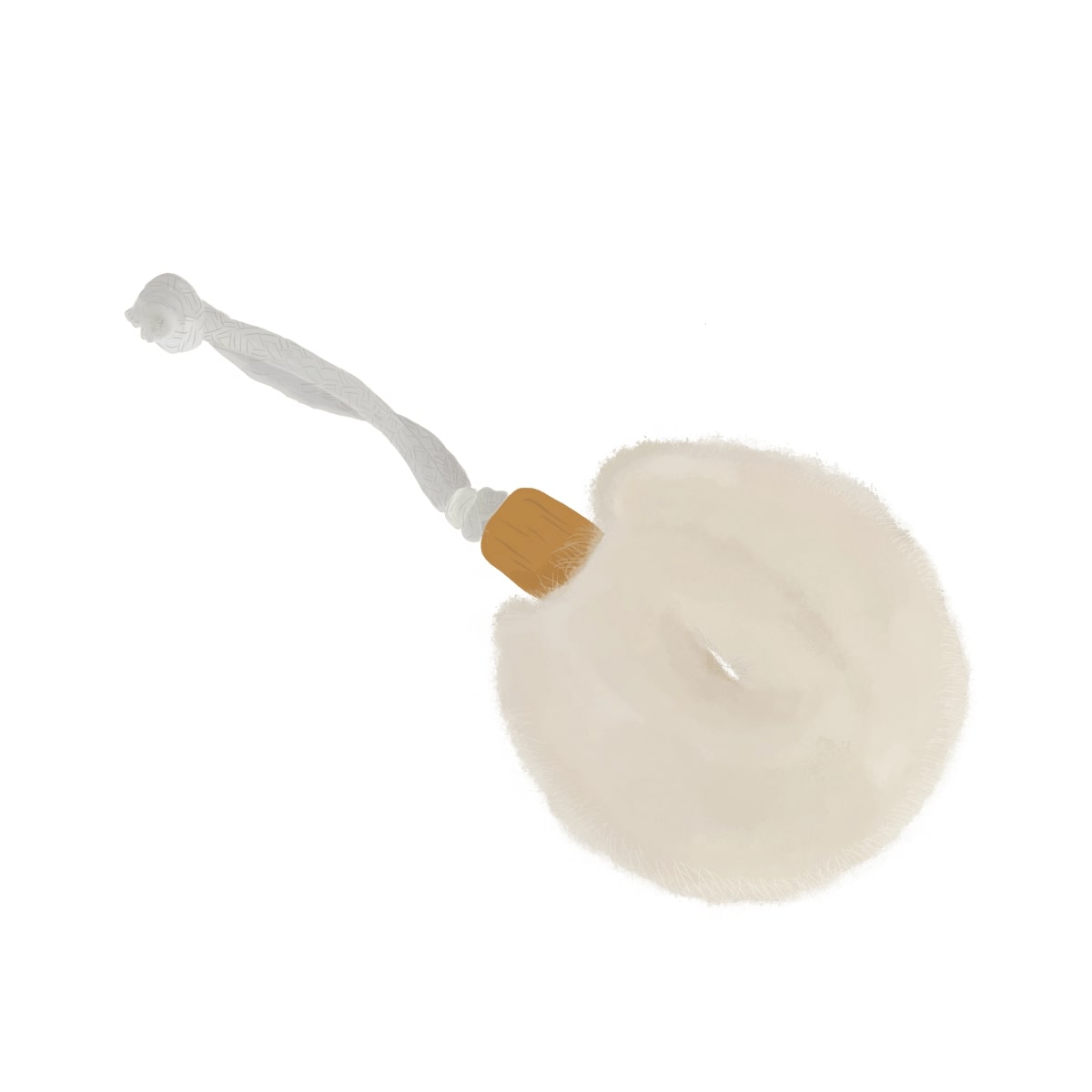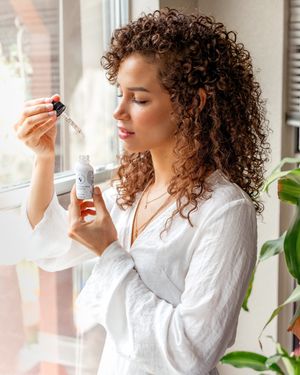Dry brushing is a dry skin therapy that uses dry, natural bristles to brush the skin. It has been practiced for centuries in many cultures and can be found as far back as Ancient Greece. The dry brushing technique has been passed down through generations to help people stay healthy and beautiful. In this article, we will discuss how skin brushing improves health, beauty and skincare!
Dry brushing (also known as body brushing) is a type of body exfoliation that’s been used for thousands of years in many different cultures. It uses – you guessed it – a brush to buff dry skin and remove the top layer of dead skin cells. You can do it at home or have it done in a spa setting; the latter is perfect for those tricky to reach spots!.
Celebrities like Miranda Kerr, Gwyneth Paltrow, and Molly Sims swear by dry brushing their bodies to keep their skin looking smooth and cellulite-free.
The benefits of dry brushing
Dry brushing is said to have a variety of benefits for the skin and body, including:
- Improving circulation and blood flow
- Stimulating lymphatic drainage
- Can help to improve the appearance of cellulite
- Energizing the body
- Removing dry, dead skin
- Smoothing out the skin
- Making moisturizer easier to absorb
- Cleaning out pores
- Reducing pesky ingrown hairs
Some people also say that dry brushing has made their skin firmer, though this can be tricky to quantify. Others have said that it’s significantly reduced the number of stretchmarks and skin irregularities that can pop up during pregnancy.
However, it’s important to remember that there have been no scientific studies into dry brushing, despite the fact it’s been around so long. Lots of people do the treatment on a daily basis and claim to see real benefits, as well as feeling better for it.
How to do dry brushing
First of all, choose your dry brush wisely if you’re going to do it yourself. They can be made from natural materials like wood and plant fibers, or synthetic materials that replicate these. We recommend using a natural bristled brush, especially if you have sensitive skin. If you’re skin brushing at home, it’s best to choose a brush with a long handle to help you do the trickier-to-reach-areas like your back. If you’re concentrating on easier-to-reach areas then go for a round brush without a handle for ease of use.
Buy a good-quality dry brush, especially if you’re going to be dry brushing on the daily. They come at lots of different price points and a variety of styles, so it might be a case of experimenting a little at first. Beware of getting a brush that’s too firm and feeling like you’re undergoing mild torture every day – it shouldn’t be uncomfortable or painful.

This Pursoma is a gold standard of dry brushes with its amazing texture, size and results.
It’s easiest to dry brush before a shower or bath, or when you’re getting changed. You don’t have to have a shower etc afterwards but it’s easier to do it at this time.
To dry brush, you simply move the skin brush over your skin (when it’s dry, obviously) using gentle pressure, sweeping motions and moving brush upward towards your heart. Lots of people do it in circular motions but this may not have the same lymphatic draining benefits and skin smoothing as brushing upwards is claimed to.
You can dry brush your entire body, or just areas that you want to see the benefits of dry brushing on. Alternating is fine too – it really is whatever is going to work best for you and your body, and how much time you have to devote to dry brushing.
Be careful with sensitive areas and areas of the body where your skin is thinner, you don’t want to be too vigorous with your brushing and end up uncomfortable!
After you’ve finished, clean off your brush with water and leave to dry until your next session. Dry brushing is safe to do on a daily basis, provided it’s not causing any irritation to your skin. It’s also pretty good to do on a morning as it does have an invigorating, awakening feeling to it as a treatment.
Afterwards, it’s best to add a nourishing moisturizer to the skin as part of your routine. As we mentioned earlier, dry brushing can make moisturizer absorption easier so it’s a good time to get going and see those benefits. It’s also a good habit to get into as so many of us skip the full body moisturizer when we’re short of time!
The downsides of dry brushing
If you have sensitive skin or skin conditions like acne, rosacea, psoriasis or eczema then dry brushing is probably best avoided as it could irritate or damage your skin. The same goes for being careful not to brush too hard as this can cause problems, rather than solve them.
Dry brushing shouldn’t cause discomfort, itchiness, redness or pain if done correctly. If you experience any of these issues, it might be that you need to try a softer brush or to take a break from dry brushing. Sometimes treatments or beauty regimes just aren’t quite the right fit for everyone - your skin is an individual as you are!
It’s also thought that the benefits of dry brushing could just be temporary plumping of the skin from the massage part of the treatment so any time you spend skin brushing might not have the longer term benefits you’re looking for.
Another downside of dry brushing is that it’s another step to incorporate into your routine, especially in the morning or if you’re looking to do it daily. It isn’t something that will take hours of your time, but by the time you’ve dry brushed, showered, washed and dried your hair, moisturized, and done your skincare routine and your makeup…it might feel like a lot.
What do we think about dry brushing?
All in all, many people all over the world claim to see benefits from dry brushing. Even if those benefits are just superficial (exfoliation, temporary skin plumping etc.) they still feel that it’s worth it for them.
With dry brushing, even if it doesn’t deliver the benefits that it’s promised, it is unlikely to make anything worse. Sometimes you just need to test it out for yourself and see if you get the results you’re looking for! The great news is that it’s pretty low in terms of investment and time in the grand scheme of things so, why not give it a go?
FAQ
How many times a week should you dry brush?
Since it is very easy to over-exfoliate, we would recommend using one dry brushing session per week at the beginning. You can then add dry brushing to your routine once you’ve seen the benefits and want dry brushing more frequently.
Does dry brushing help with cellulite?
Many people claim that dry brushing helps reduce the appearance of cellulite, but there is no real scientific evidence for this fact. It could be a combination of other factors such as increased circulation and dry brushing being a form of gentle exfoliation which can help to reduce the appearance of spider veins or cellulite.
Is dry brushing better than exfoliating?
Dry brushing is a form of exfoliating and helps to remove dead skin cells and help with blood circulation. However, you need to be very careful when skin brushing if you have irritated skin.
Does dry brushing help if you have acne?
The skin dry brushing process helps to exfoliate dead skin cells, eliminate toxins, and may help reduce acne scars. However, if you have any active acne or an open wound, be careful and consult with a board certified dermatologist whether or not it is safe for your exact condition.
What are the benefits of dry brushing?
Brushing the skin helps to stimulate lymphatic system, lymph nodes drainage, skin exfoliation and blood circulation
The main benefit is that it removes dead cells from the upper layer of your epidermis which results in more youthful-looking and soft skin
How do you dry brush your body?
It is recommended dry brushing before taking a shower, while the skin is dry.
Using a natural bristle brush start on your feet and work up to your legs with long strokes using circular movements all over them
Then you can move on to arms, hands, stomach area removing dead cells from the upper layer of the epidermis which results in more youthful-looking skin.
This article contains affiliate links





